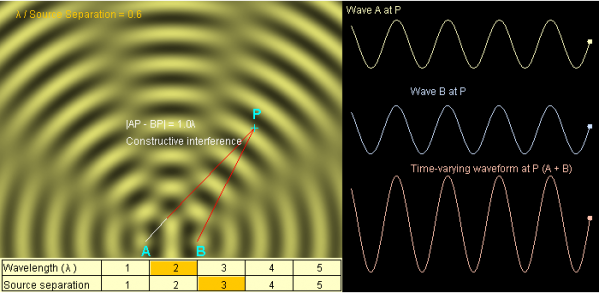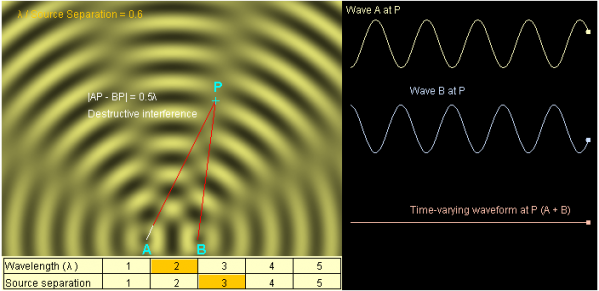The Call of Duty video games are pretty popular among the boys in my class (the gender stereotypes hold up very well with this one). Last week they tried to convince me that there was enough educational value in the games to allow them to bring it in for their overnight at school. They even created a PowerPoint presentation to convince me. Unfortunately, for them, it was not particularly effective. While there was a lot of information about the missions and the types of weapons there was not so much in the way of facts or concepts they learned (Subsequently, however, one student mentioned that he learned about favellas in the game. Though I don’t want to think about what they were doing in the flavellas).
I would really have liked to have had them talk about “Duty”, as in the title, and moral responsibility. I dropped a lot of hints but too no avail. They were not successful in their petition, but we did have a good discussion about the purpose of warfare (if any), and how to make a convincing presentation (consider your audience). I may let them try again next time.
As a side note, The Onion, has a great video on the next version of the game which will be even more realistic (you spend most of the time in the game sitting around and then you get shot in the back unexpectedly and the game is over.) The video may not be appropriate for middle schoolers however, because there is a scene where the soldiers are sitting around bored and talking about what soldiers often talk about.









